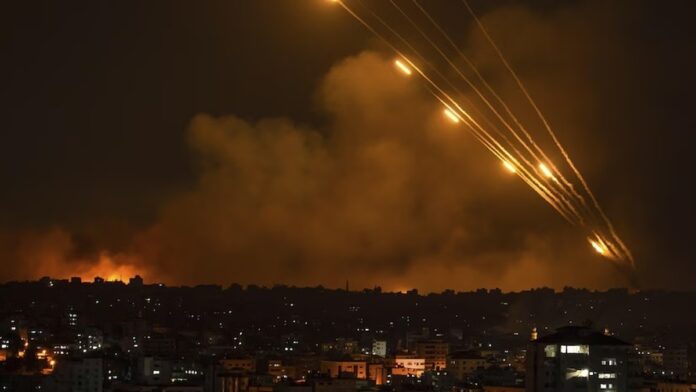The recent Iranian missile and drone assault on Israel, countered by Israel’s remarkable missile defence shield intercepting 99% of the incoming threats, marks a significant milestone in warfare technology.
Approximately 300 missiles or drones were launched against Israel, comprising 170 drones, 120 ballistic missiles, and 30 cruise missiles. Despite the magnitude of the assault, all drones and cruise missiles were successfully intercepted. Additionally, roughly 50% of the Iranian ballistic missiles failed to launch or crashed before reaching their targets. Analysts suggest that Iran likely aimed to inflict significant damage without triggering a massive Israeli retaliation, strategically calibrating the attack’s intensity.
Also Read: IAEA Concern Over Potential Israeli Strike on Iranian Nuclear Facilities
The attack strategy, reportedly inspired by Russian tactics in Ukraine, underscores a stark difference in interception rates. While Ukrainian air defences intercepted only 46% of Russian ballistic missiles, Israel and its allies achieved a remarkable 99% success rate.
Key points of the attack include:
- 120 Ballistic & 30 Cruise Missiles Launched: A total of 120 ballistic missiles and 30 cruise missiles were launched during the assault.
- 331 Aerial Threats Directed at Israel: The onslaught consisted of 331 aerial threats, including 170 drones, 120 ballistic missiles, and 30 cruise missiles.
- Interception Success: The Israel Defense Forces (IDF) assert that 99% of the threats were intercepted, with assistance from the United States, France, the United Kingdom, and Jordan.
- Origin of Attacks: While the vast majority originated from Iran, some were launched from Lebanon, Iraq, Syria, and Yemen, highlighting the widespread coordination behind the assault.



